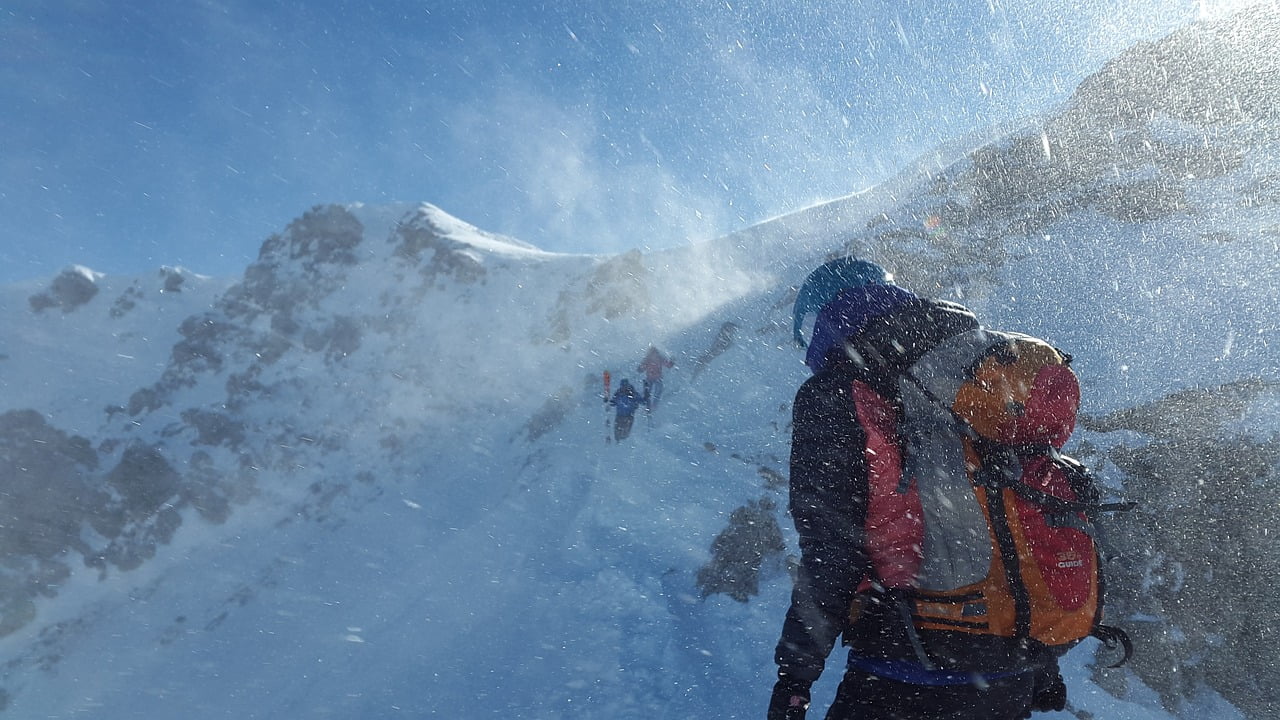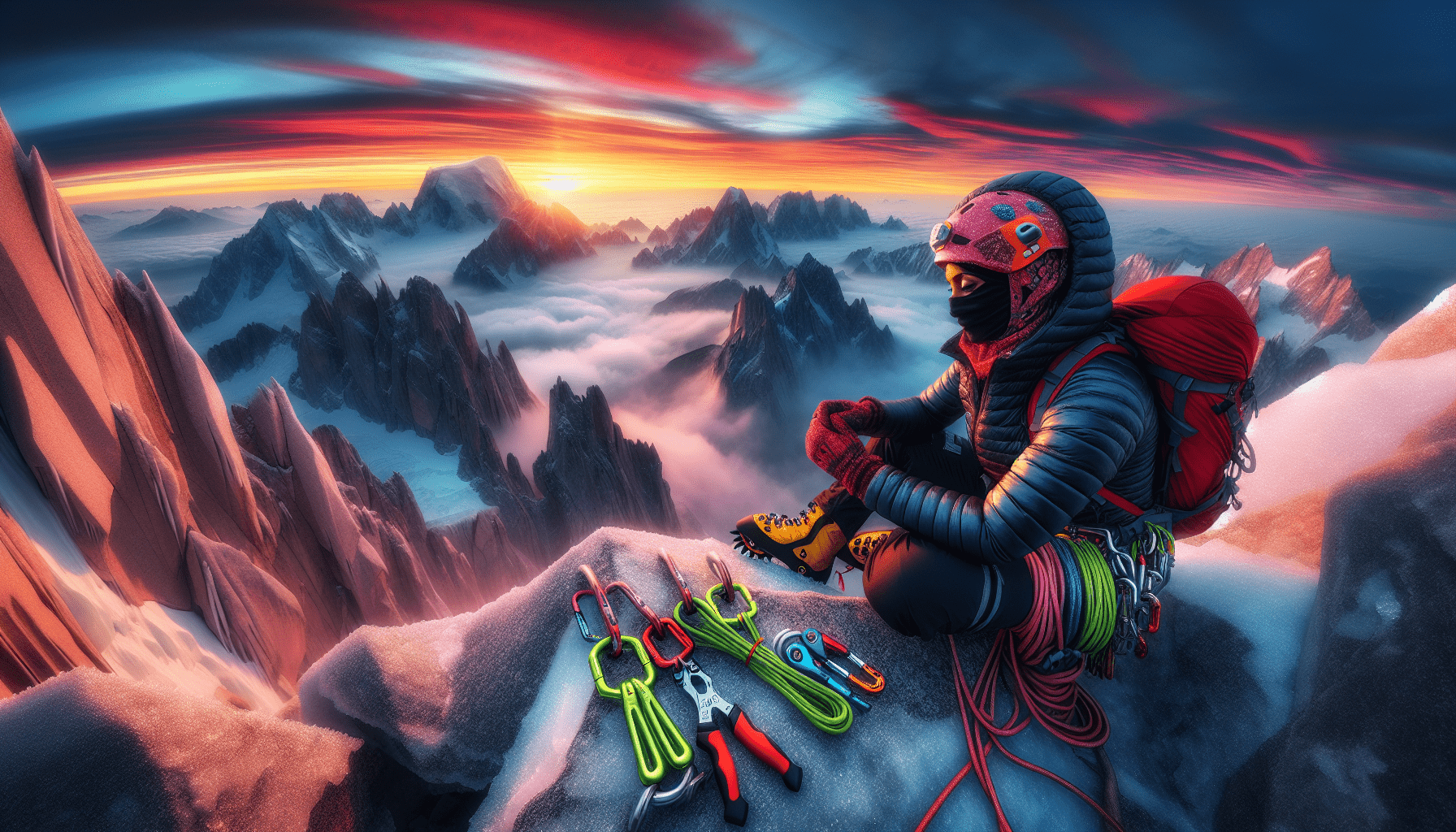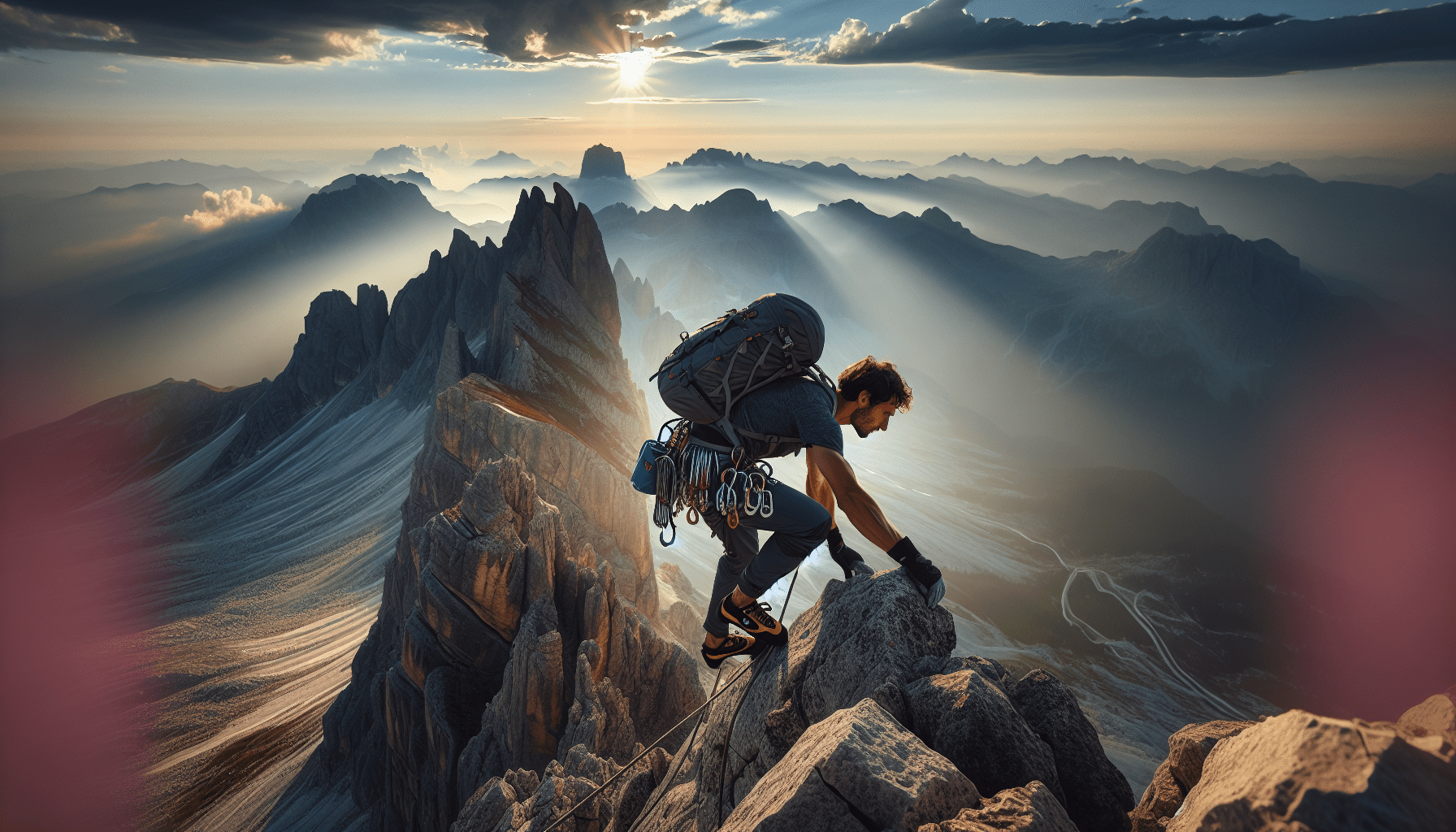
Get this; a comprehensive checklist is your best friend while packing for a mountain adventure. You know why? Because your memory can sometimes take a vacation, leaving you forgetting essential items. So, jot down everything you think you might need – from a map to a whistle, extra clothes to a first aid kit.
You’re not embarking on a stroll through Central Park, you know! You’re gearing up to scale new heights which means you need to familiarize yourself with sharp mountainous wildlands, not city sidewalks. You’ll need to learn how to navigate using a compass and map, how to start a fire without a matchbox, and basic first aid procedures can make your adventure all the more thrilling, not to mention safe.
“Know thyself,” the ancients said, and they were spot-on. It’s paramount that you understand your physical limitations and skill set before tackling the task. Do you get breathless climbing two flights of stairs, or can you handle the challenging trails of the Andes?
Mountain adventures are not solely about reaching the peak. There are countless factors that can make your adventure enjoyable – the stunning view along the way, the thrill of overcoming physical challenges, the serenity of untouched wilderness, and even the camaraderie among your climbing buddies.
Each journey up a mountainside is different – you either climb for the breath-taking vistas or for the physical endurance test. Make a note of what you’re more inclined towards, and choose accordingly.
Each mountain range offers its unique charm. From the rugged Rockies, the towering Himalayas to the magnificent Andes, there’s much beauty to soak in and challenges to triumph. Do your homework about each mountain range and pick based on your preference and skill level.
Let’s not discount the awe-inspiring tale of an amateur climber who braved the icy gusts and harsh conditions to flag Everest’s summit. It’s a testament to human endurance and determination – If they could conquer Everest, so can you!
You might wonder why we’re stressing the weather so much – let’s put it this way – knowing how to read mountain weather conditions is integral to your safety. The weather in mountains can be as unpredictable as a bull in a china shop! One minute it’s sunlit slopes, and the next minute a storm could swoop in.
Stay updated with weather forecasts and know your clouds. Different cloud formations can hint at upcoming weather changes that might affect your climb.
Have a plan B and be prepared for quick shelter setups or a course backtrack if a storm rolls in. When the skies turn ominous, it’s time for fast thinking, not further climbing!
Climb smart, not macho! Dressing correctly is a game-changer in mountainous terrains. Multiple layers of clothing will allow you to adjust to changing temperatures and weather conditions. And don’t forget the waterproof jacket.
High-performance climbing equipment isn’t for show, you know. It’s about ensuring your safety. Make sure you invest in quality climbing gear like climbing shoes, ropes, helmets, and harness. You wouldn’t gamble with your life, would you?
You may forget your favorite snack, but don’t dare forget a solid backpack. It’s not just baggage; it’s your lifeline up there. Ensure the weight is evenly distributed, giving space to necessary supplies, but not overpacking.
Your gear isn’t just equipment but lifesavers. Ask climbers whose lives inevitably turned around after a piece of equipment saved their lives – like the carabiner that prevented them from falling or the quick breaks that offered stability.

This image is property of pixabay.com.
Mountain adventures aren’t won by fantasies and dreams but by physical strength and mental toughness. A proper fitness regime should lead your preparation phase. That includes cardiovascular, strength, and flexibility exercises. In a nutshell, your body needs to match your ambitions.
If you’re going to climb mountains, train like it. Long brisk walks, stair climbing, and skipping rope are some workouts that could help. In essence, anything that boosts your stamina and heart rate is golden.
What’s equally, if not more, important than physical fitness? You guessed it right – mental stamina. Techniques like meditation and visualization can significantly enhance your mental toughness. Remember, it’s your willpower that takes you to the summit.
A stitch in time saves nine – learning basic mountain climbing techniques can save you from potential accidents and mishaps. Skills like belaying, rappelling, ice climbing and rock climbing are fundamentals you should be well versed in, regardless of the climbing level.
Patience, grasshopper! Start by safe climbing, understanding mountain terrains better, challenging your endurance levels, and accepting mountain weather’s unpredictability. With experience over time, you’ll go from newbie to pro before you know it!

This image is property of pixabay.com.
It’s the unwanted companion on your mountain adventure – altitude sickness. Anything above 8,000 feet can trigger a range of symptoms – dizziness, nausea, fatigue, and severe headaches. Always climb slowly, giving your body time to adjust to the altitude.
Gone up high and feeling odd? Descend immediately. It’s the best antidote for altitude sickness. Keep yourself hydrated, have a diet rich in carbohydrates, ascend slowly, and don’t overexert yourself.
Fight it! If caught off-guard with altitude sickness, descend immediately, rest, hydrate, and seek medical attention if symptoms persist or get worse.
Each mountain has its personality that changes with the seasons. Knowing how the climate varies month by month can help you pick the perfect season for a climb. A quick tip: Aim for the dry months!
Sometimes, going against the flow has its perks – fewer crowds, cheaper rates, and perhaps even a unique experience. But the downside is the possibly harsher weather conditions and the potential safety risks involved. Always weigh the pros and cons for your safety first!

Leave the mountains as you found them, pure and untouched. As adventurers, it’s our responsibility to ensure we don’t leave any mark or trace behind – not so much as a candy wrapper!
Taking an eco-friendly approach to your mountain climbing spree is the way to go. Planning your route to avoid sensitive areas, using refillable water bottles, and carrying biodegradable products can significantly reduce your environmental impact on these magnificent landscapes.
Going green on your mountain adventure will not only ensure these landscapes continue to captivate and enchant future generations, but it also makes your journey more meaningful. After all, why conquer a mountain if not to immerse yourself in its wild, natural beauty completely?
It’s an exhilarating experience, climbing mountains. But it’s a sport that demands respect and ample preparation. The mountains won’t budge; it’s you who needs to be flexible. Remember these tips and advice before heading out, and you’re on the path to a thrilling mountain adventure!
It’s undeniably exciting the moment you decide to embrace the mountains – the thrill, the beauty, the allure, it’s irresistible. But remember, it’s a commitment, a dance between you and the mountain where both can flourish or falter. So equip yourself, not just with the physical tools and gears but mentally too.
Every mountain adventure has countless stories and emotional moments. Don’t let them become fading memories. Share your stories, inspire others, let others inspire you. Your mountain adventure story could turn the tide for someone and encourage them to take that first step towards scaling new heights.
Preparation, anticipation, determination, and celebration – start a new chapter of your life with a mountain adventure. Mountains are calling and you, my friend, must answer!

Related site – The Evolution of the World of Mountaineering